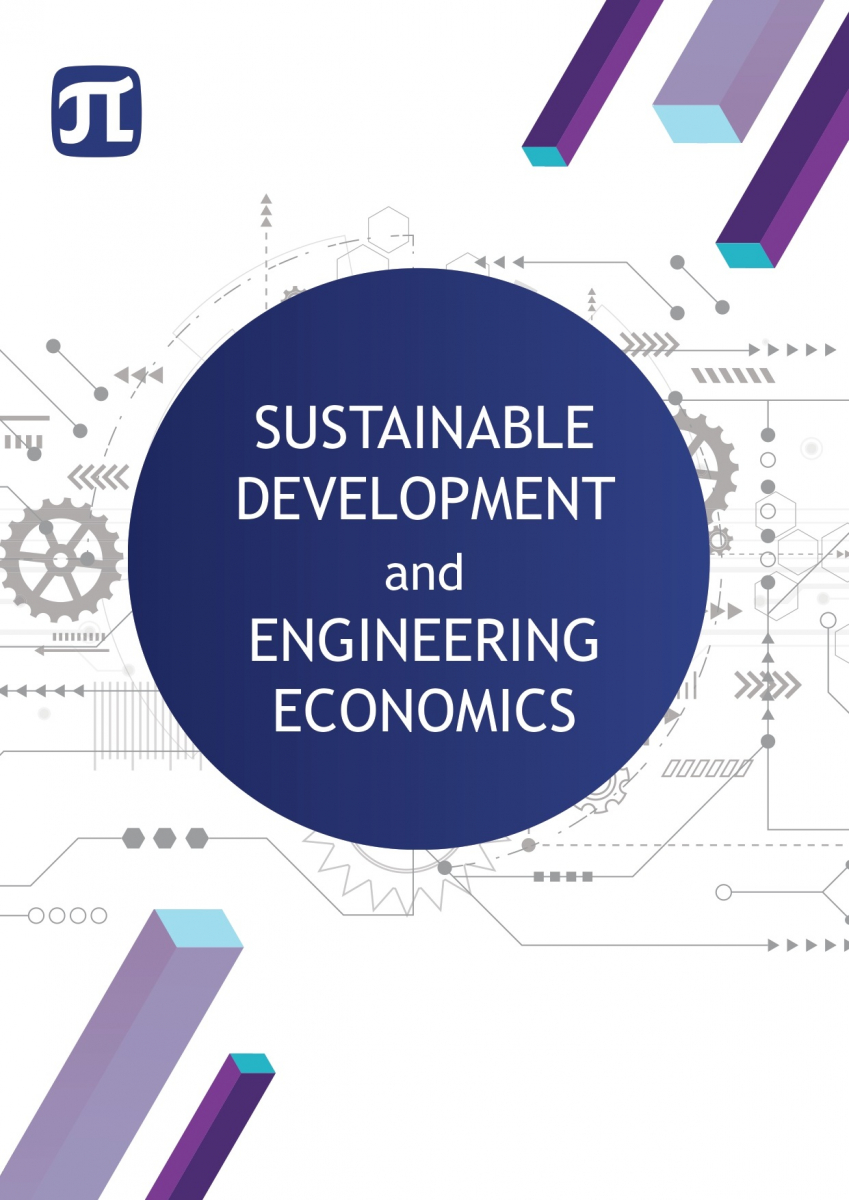Model of global optimisation and planning of research and development costs of an industrial region
The subject of the work is a study of the patterns and prerequisites for the formation of regional innovation systems along with the analysis and synthesis of a significant array of information on elements of interaction at the regional level on the basis of economic and mathematical modelling. The purpose of this work is to develop a science-based flexible management model that, on the one hand, takes into consideration the specificity of the development cycle for the innovative system of an industrial region, as well as the level of its socio-economic development, and on the other hand, contributes to overcoming the economic determinism of territories and stimulating the economic growth of an industrial region. A regional model for planning innovative development programmes has been created, which consists of the global optimisation of current domestic research and development (R&D) costs of the industrial region, depending on its investment planning according to the fixed capital investment data, production planning according to the gross regional product (GRP) data, and financial planning for the accounts payable data of organisations. In the Nizhny Novgorod region, to minimise all R&D costs, investments in fixed assets and GRP should be increased, and the quantity of accounts payable by organisations should be reduced. However, for basic research, there is a limit on the debt of organisations, the excess of which is impractical because it leads to an outflow of the necessary funds for basic research. The increase in this debt also leads to an increase in the costs of applied research. For developments, there is a lower limit on the amount of GRP, below which it is not advisable to drop, as it leads to an outflow of the funds necessary for development.


